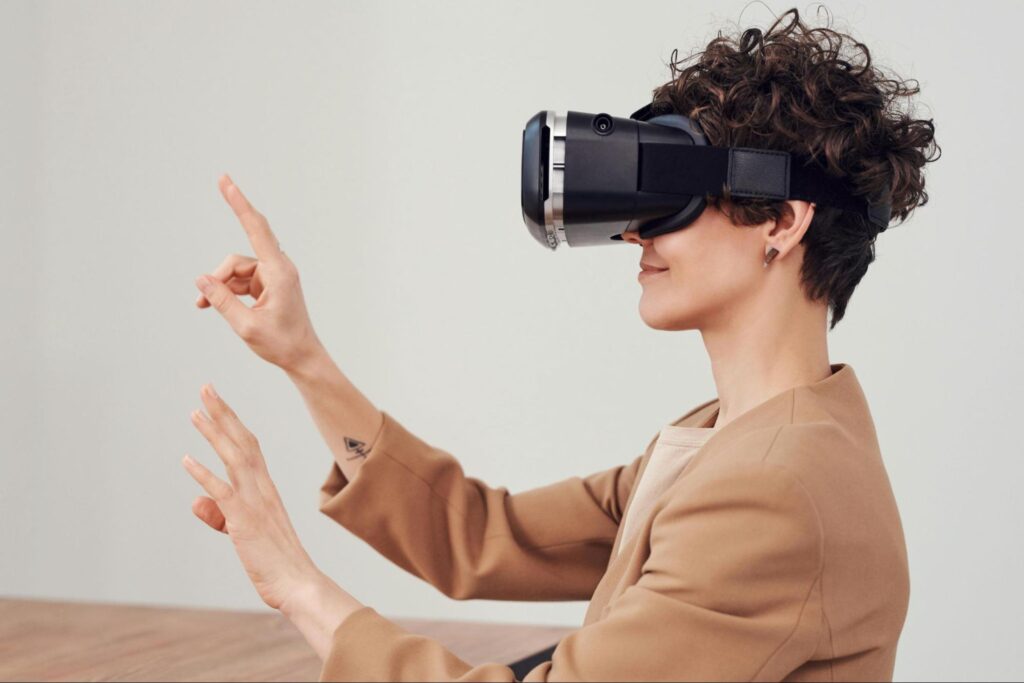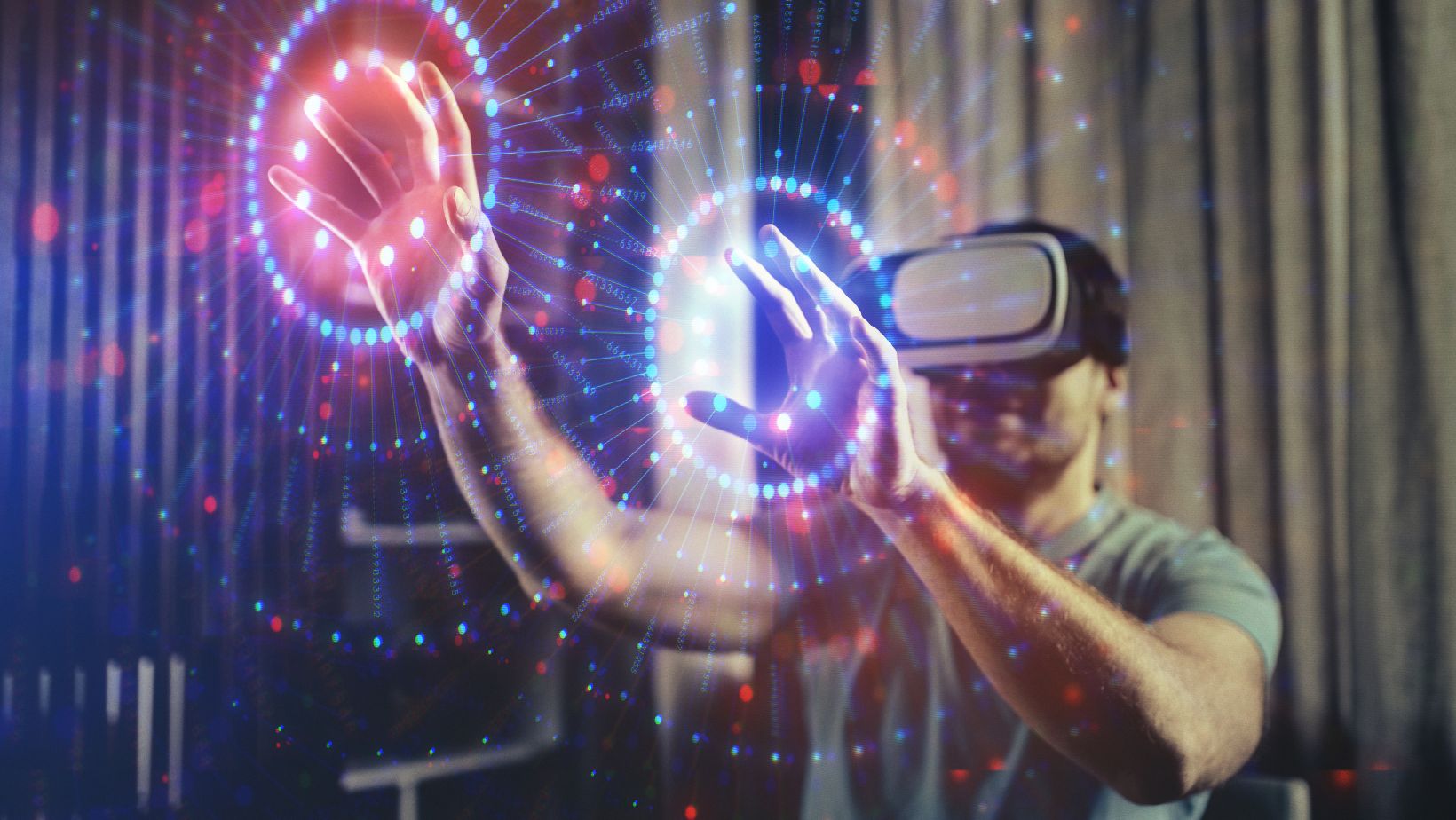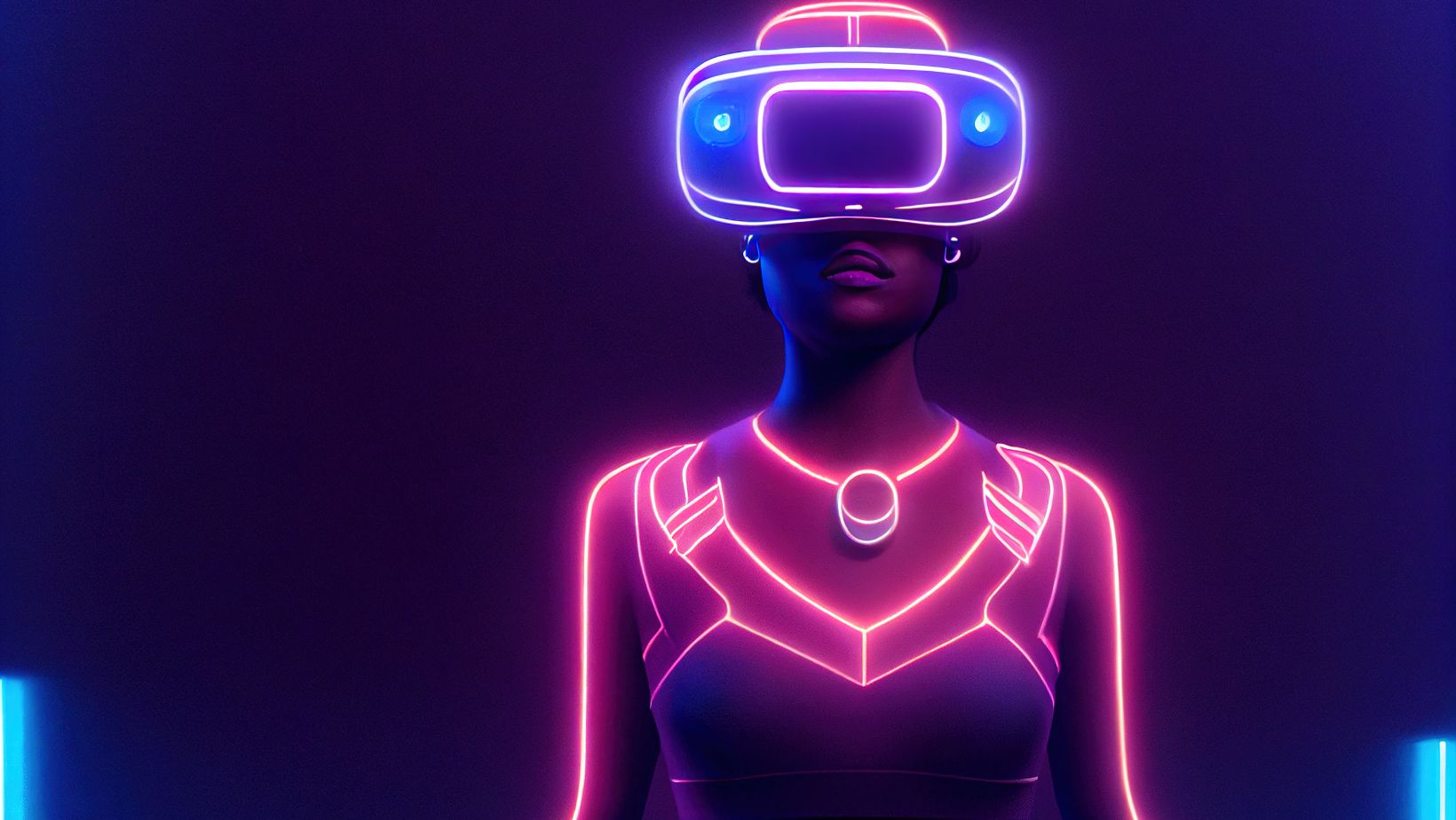
Chronic pain affects over one-third of Scottish adults, according to recent NHS data. That’s millions of people seeking relief from conditions that drain both personal well-being and healthcare budgets—to the tune of $16.4 billion annually in pharmacological treatments alone. Yet in 2024, something shifted. The FDA authorized its first-ever virtual reality device for pain management, marking VR’s transition from experimental curiosity to clinically validated treatment.
This isn’t about gaming headsets or entertainment. We’re talking about measurable pain reduction backed by rigorous trials involving over 1,000 participants, with brain imaging studies showing actual changes in neural circuits.
At the heart of pain management are nurses spending more direct time with patients than any other healthcare professionals and serving as the primary advocates for effective pain relief. Yet when examining P vs FNP salary structures, we see interesting disparities that reflect the specialized nature of pain care. These disparities become particularly relevant as nurses increasingly find themselves at the forefront of implementing evidence-based interventions that extend beyond traditional medication protocols. They’re the ones witnessing firsthand how new technologies perform in real clinical settings, making their role crucial in validating what research data actually means for patient outcomes.
Clinical Evidence Speaks
Let’s start with the data that matters. A meta-analysis examining 27 studies across 1,191 participants found VR produced a standardized mean difference of -0.33 for knee conditions. Those numbers might seem abstract, but they represent real people experiencing measurable relief

Consider the FDA trial that changed everything. Researchers tested EaseVRx on 179 people with chronic lower back pain—a condition you might know intimately if you’ve spent years at a desk or dealt with injury. Results showed 65% achieved at least 30% pain reduction compared to 40% using sham VR. Nearly half reported greater than 50% improvement versus just 26% in the placebo group.
Here’s what strikes me about these findings: VR worked best for people experiencing moderate to severe pain and showed enhanced effectiveness in younger patients. That suggests we’re not dealing with placebo effects or wishful thinking. The technology appears to engage specific neurological pathways that become more responsive under certain conditions.
The evidence also reveals something healthcare providers have suspected for years—traditional pain management often falls short for many patients.
From Lab to Life
Clinical trials are one thing. Real-world implementation? That’s where healthcare innovations often stumble. Yet NHS Fife became the first Scottish health board to adopt VR technology therapeutically in March 2025, directly addressing Scotland’s chronic pain crisis.
Their decision wasn’t made lightly. The system serves a population where chronic pain affects at least one in five adults, though recent evidence suggests the true figure exceeds one-third. Think about that for a moment—every third person you encounter might be managing persistent pain while trying to maintain normal life.
Spain’s REDOCVR pilot study offers another compelling perspective. Participants reduced their pain medication use by an average of 28.57%. That’s not just about comfort—it’s about reducing dependence on pharmaceuticals that often carry side effects, tolerance issues, and overdose risks.

The treatment protocol itself proves surprisingly accessible. We’re talking about 56 sessions averaging six minutes each, delivered over eight weeks at home. Sessions range from two to 16 minutes, incorporating games, lessons, and cognitive behavioral therapy exercises. No lengthy hospital visits or complex procedures.
A crossover trial comparing VR to matched audio content produced a number needed to treat of 3.76—meaning roughly four people need VR treatment for one to experience significant benefit compared to audio intervention alone. Weekly assessments showed improvements in pain interference, anxiety, and sleep quality.
What emerges from these implementations is a picture of healthcare systems cautiously but deliberately embracing evidence-based alternatives to medication-heavy approaches.
More Than Distraction
You might assume VR simply distracts patients from pain—a high-tech version of looking away during an injection. The reality proves more sophisticated.
Burn care offers perhaps the most dramatic example. Pilot studies found active VR consistently produced lower pain scores during dressing changes compared to both passive VR and standard care. Anyone who’s experienced serious burns knows how excruciating routine care can become. This technology doesn’t just occupy the mind—it appears to alter pain processing itself.
Cancer patients using VR headsets featuring realistic underwater scenes experienced decreased pain alongside measurable changes in brain activity. Real-time imaging revealed alterations in pain-related neural circuit communication, providing objective evidence supporting patients’ subjective reports. We’re witnessing neurological changes, not just psychological ones.
The most impressive results come from high-impact chronic pain research involving over 1,000 participants. Seventy percent of patients transitioned from high-impact to lower-impact status, with 67% maintaining improvement twelve months later. Those aren’t temporary fixes—they suggest lasting neurological adaptations.
Partly what I find intriguing about applications of this technology is that it seems to operate by delivering cognitive behavioral therapy rather than just distraction. This technology targets both psychological and physiological aspects of pain, addressing the complicated mind–body connection that accompanies most chronic conditions.
This flexibility indicates that there is a bigger picture—an overall treatment strategy that provides useful services for different pain types while ensuring a consistent treatment approach.
Rewiring Pain, Rewiring Healthcare
We have gone beyond asking if VR works for pain management. Now the question is how do we embed this evidence into the wider health care context?
The FDA authorization opens doors for expanded applications while maintaining realistic expectations based on current evidence. Brain imaging studies showing altered pain circuits provide objective validation that extends beyond subjective reporting, suggesting we’re observing measurable neurological interventions rather than elaborate placebo effects.
What strikes me most profoundly is how this technology represents a shift from symptom management to addressing pain’s neurological foundations. We’re not just treating discomfort—we’re potentially rewiring how the brain processes pain signals.
This isn’t about futuristic possibilities. It’s about present-day clinical reality that’s quietly changing how we understand and treat one of humanity’s most persistent challenges. And perhaps, in doing so, it’s changing how we think about the relationship between technology and healing itself.












